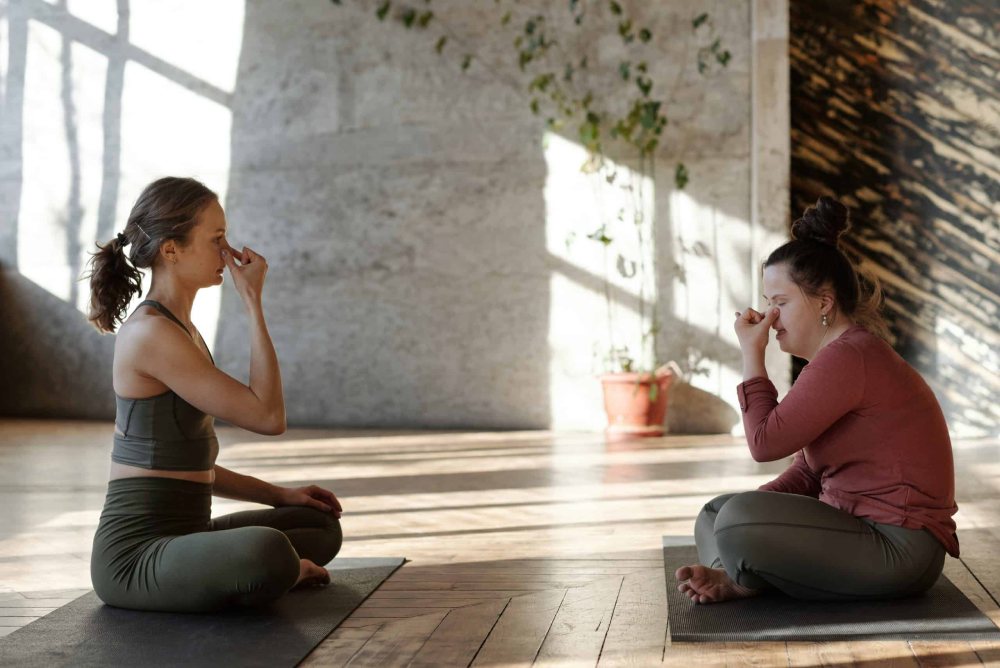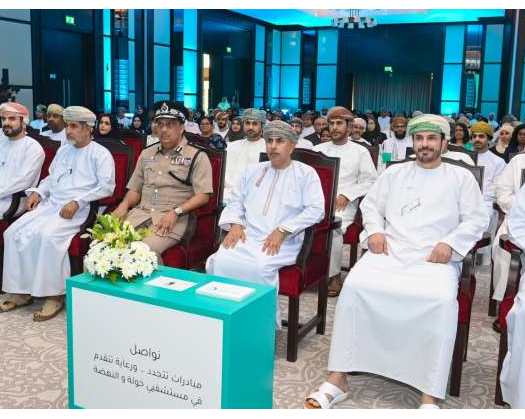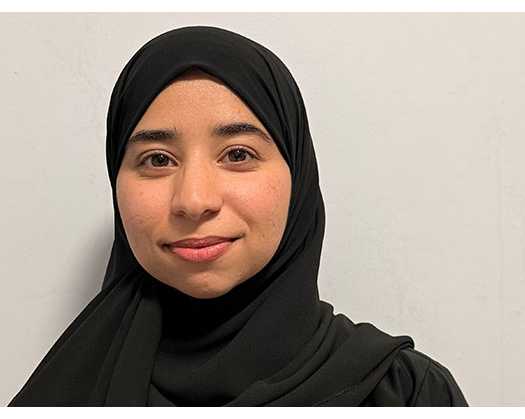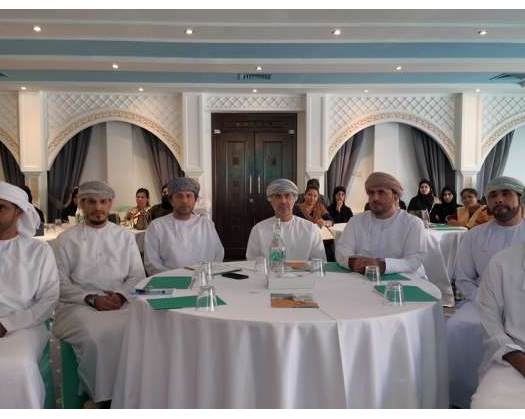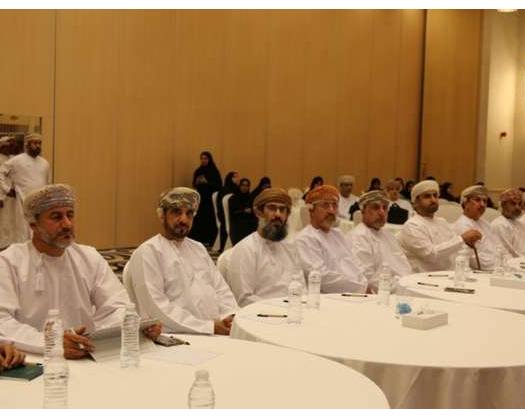New Delhi: Yoga, a practice deeply rooted in Hindu tradition, has long been recognized as a therapeutic method for the mind and soul. For centuries, it has played a crucial role in keeping Indians physically fit. Over time, its influence has extended beyond the borders of India, reaching individuals across the globe. Even in countries where it was initially met with skepticism, such as Islamic nations, yoga has gained popularity.
The significance of yoga is celebrated worldwide on June 21, known as International Yoga Day. This global celebration aligns with India's foreign policy principle of Vasudhaiva Kutumbakam, emphasizing the unity of humanity.
Despite its religious origins, dating back 5,000 years, yoga has faced criticism from certain groups. However, Indian Prime Minister Narendra Modi has actively promoted yoga as a means to showcase India's soft power and cultural heritage.
A Background of Yoga
The practice of yoga and the creation of texts and discussions on yoga in non-Hindu settings have often been seen as recent developments that originated from Western countries in the 20th century and have now become a global trend. However, the origins of these practices and knowledge can be traced back to the pre-modern era.
In the Middle East, the production of knowledge about yoga is a complex phenomenon that spans over a thousand years and encompasses various perspectives on the learning of yogins. Starting from the Medieval period, numerous texts discussing yoga and yogins were written in languages such as Arabic, Persian, Urdu, and other languages of West Asia.
Following the Arabic translation of Patanjali's Yogasutra by historian al-Biruni around 1050, many Persian texts on yoga were produced in South Asia until the 19th century, catering to different groups of readers. These texts also circulated beyond South Asia, and some Sufis in the Ottoman world even incorporated methods derived from them into their practices.
In South Asia, the presence of Islamic sects of yogis (Yoga instructors) was quite common until the colonial era. Although these groups have been increasingly marginalized in post-colonial South Asia, the practice of Yoga has gained popularity in various parts of the world during the 20th century. Today, thousands of individuals, particularly women, engage in Yoga in numerous countries.
Route to Hearts
Yogic techniques and practices have gained widespread acceptance among people seeking to maintain their physical fitness. Numerous scholars have endorsed these practices and emphasized that they are not contradictory to Islamic beliefs. However, these scholars expressed their disapproval specifically towards "Surya Namaskar," a sequence in Yoga dedicated to the Hindu sun god, Surya, as well as the recitation of Hindu mantras.
In present times, prominent countries such as Saudi Arabia, UAE, Kuwait, Egypt, Iran, Malaysia, Indonesia, and even Pakistan take pride in their own Yoga instructors and a significant number of Yoga practitioners.
According to a report, various forms of Yoga have gained popularity in these nations. Numerous institutes offer instruction in different types of Yoga, including pre-natal yoga, hatha yoga, power yoga, hot yoga, Iyengar yoga, traditional yoga, vinyasa yoga, restorative aerial yoga, and astanga yoga. These foreign lands, which previously considered the ancient Indian health technique as forbidden, have now embraced it.
The introduction of Yoga in Saudi Arabia has been truly remarkable. Despite being widely associated with Hindu spirituality, Yoga was not officially allowed in Saudi Arabia for many years, a country known as the birthplace of Islam where non-Muslim worship is prohibited.
Within a short span of time since the acceptance of yoga, a new sector of yoga studios and instructors has emerged in various Saudi cities, including Mecca and Medina, the holiest cities in Islam.
Renowned Yoga expert Meena Brahmbhatt frequently visits these countries, particularly Saudi Arabia and the UAE.
During an interview with Al-Arabiya, he mentioned that Arabs have found Yoga to be quite similar to namaz (the daily five prayers). He stated, "People are already familiar with namaz-like vajrasana and therefore quickly adapt to yoga. They prefer natural remedies over medications and are willing to embrace the yoga routine and even give up non-vegetarian food."
The people in West Asian nations have embraced Yoga so enthusiastically that India proposed to designate a day dedicated to this ancient practice at the UN, with support from around 47 Islamic countries at the UN General Assembly.
Afghanistan, Bangladesh, Turkey, Iran, Indonesia, UAE, Qatar, and Oman were among the countries that co-sponsored the UN resolution.
Yoga has gained immense popularity across various cities in Pakistan. Shamshad Haider, a yoga teacher who drew inspiration from the Indian Yoga system, proudly claims to oversee 50 yoga clubs in Punjab. Additionally, Pakistan has been celebrating International Yoga Day for three consecutive years. From the northern region of Chitral to the southern city of Karachi, yoga is widely practiced.
The younger generation of yoga teachers in Pakistan have received training from renowned institutions in India, Thailand, Bali, North America, and Britain. These teachers, based in upscale studios in Karachi, attract students through social media platforms like Facebook and their affiliation with the International Yoga Alliance.
In a significant development, the Metropolitan Corporation of Islamabad officially recognized yoga in Pakistan. As reported by PTI on May 4, the corporation launched "Free yoga classes in F-9 Park" in the capital city.

